Growing verbena from seed – here is everything you need to know
Discover how to grow verbena from seed and fill your yard with beautiful, vibrant blooms this summer
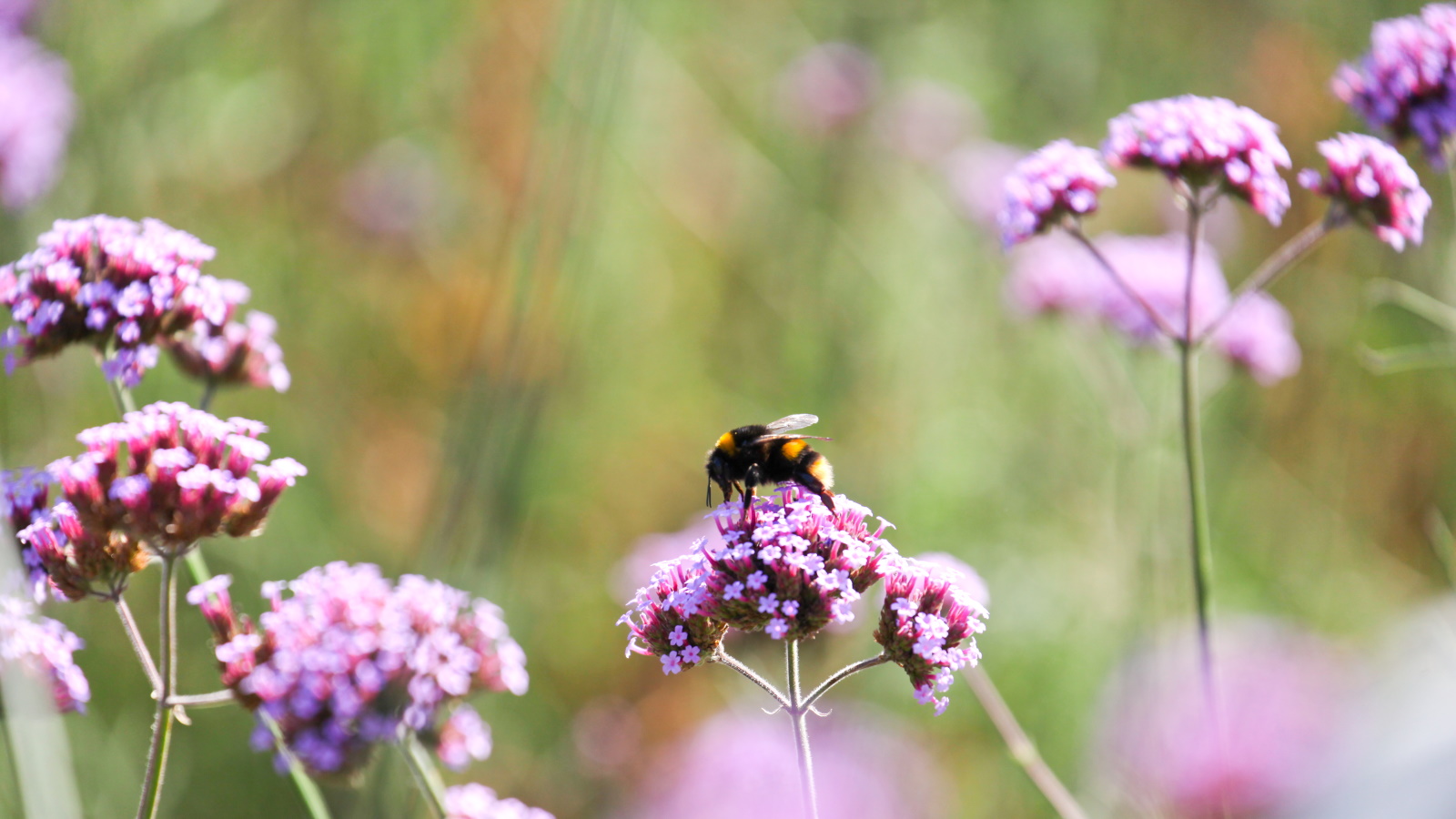

Verbena is one of the most popular perennials and for good reason, blooming through spring and summer right up until the first frost. These plants are superb additions to flower beds and landscaped backyards, especially for those looking to maximize color in their yard.
Whilst there are many different species and varieties, one of the most well-known is Verbena bonariensis, seen in the image above. Flowers appear atop wiry stems that gently move in the wind, working well when planted alongside ornamental grasses. For those seeking a prairie aesthetic with a mixture of native perennials and grasses, this verbena would make a great addition.
Growing verbena is not a complicated task, and many species, including Verbena bonariensis, can be easily cultivated from seed, allowing you to spend little money whilst growing many plants.
This process can be started in late winter inside or under glass, and sowing seed at this time will give gardeners a head start. By spring, your seedlings will already be established and growing well, ready to be planted in the yard when the mercury begins to rise.
Read on for expert advice on how best to grow verbena from seed.
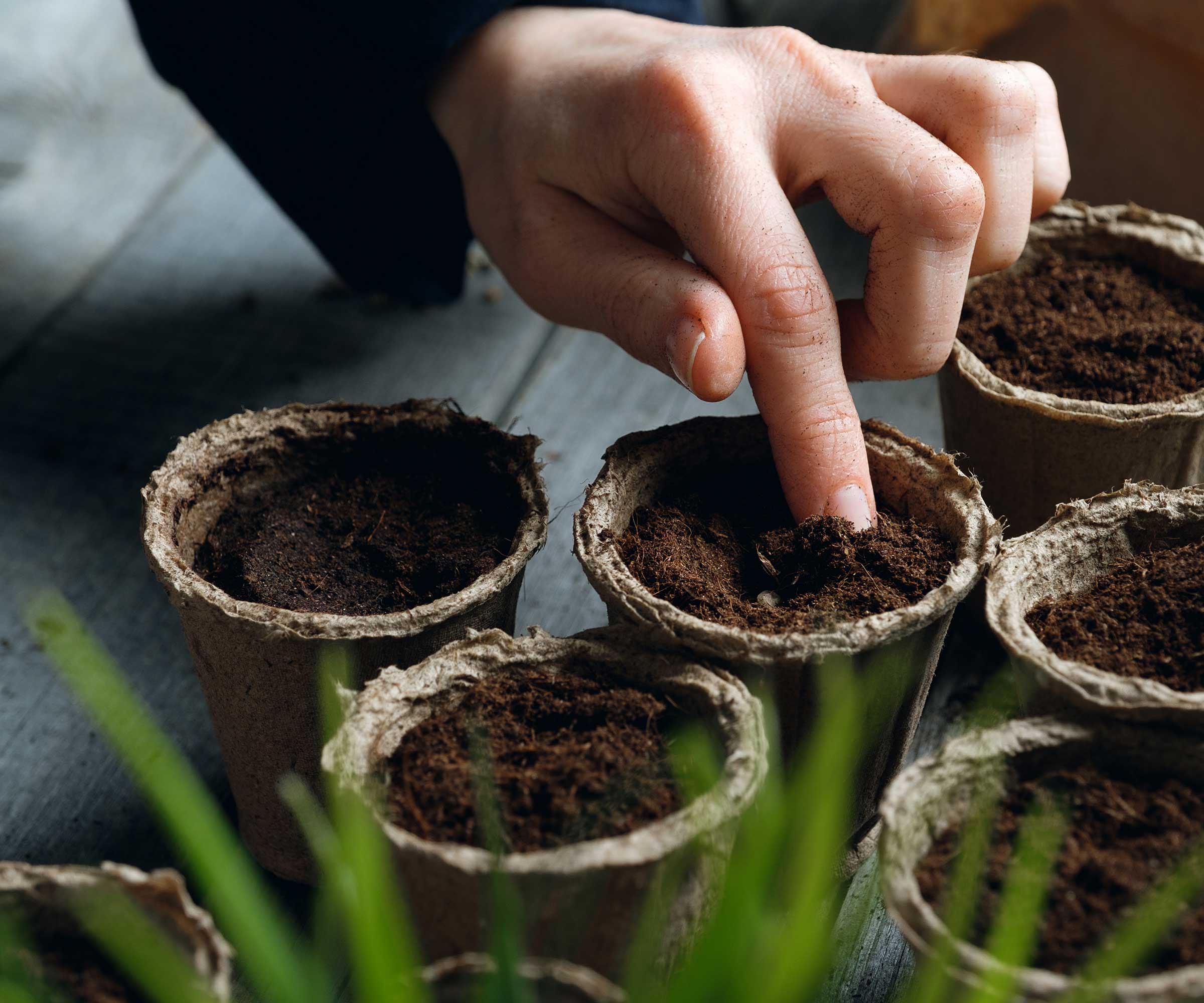
How to grow verbena from seed
Growing verbena from seed is an easy and cost-effective option to increase your perennial stock in the yard this year. Learn from the experts who share the top tips to successfully cultivate verbena from seed.
Things to know before you sow verbena seed
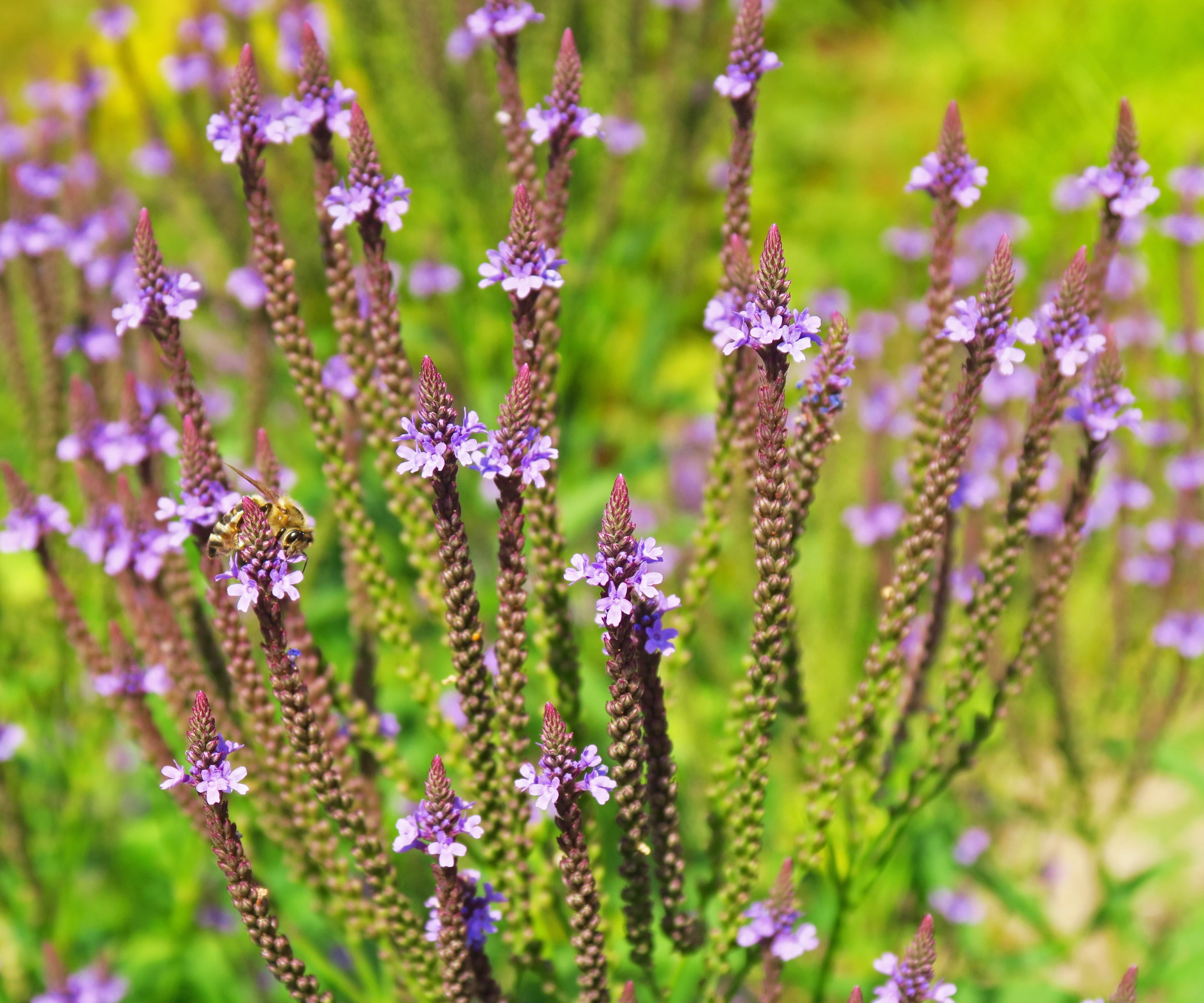
Growing verbena successfully begins with selecting the right species for your location. With over 200 species of verbena, many have different growing preferences specific to the climate found in different US hardiness zones. When growing from seed, it is important to pick a species that will thrive in your location.
'The native Verbena hastata, commonly known as blue vervain, has tall spikes of purple-blue flowers that are graceful and are adored by pollinators,' says Ali McEnhill, plant expert and owner of the Old Dairy Nursery in the Hudson Valley. 'This tough perennial is super cold hardy, tolerating temperatures down to -40°F,' Ali continues, 'growing well in zone 5.'
If you live in a warmer zone, 'Verbena bonariensis, is hardy in zones 7 - 10,' Ali says. Known to be frost-tender in winter, this species can still be grown even in colder zones, where it can be cultivated as an annual. Verbena bonariensis seeds are available to buy online from Burpee.
Another option is Verbena officinalis 'Bampton', which has 'beautiful deep purple-red foliage and airy pink flowers,' Ali says. 'The coloring becomes even more dramatic when grown in sunny, dry locations.' Ali recommends that 'gardeners in zones 7 and above can grow this plant successfully as a perennial.'
Once you have chosen the right species for your location and climate, you are ready to sow the seed.

Ali is a self confessed plant geek, gardener, and propagator, owning and operating a plant nursery on an old dairy farm in New York's beautiful Hudson Valley. Ali focuses on growing hardy perennials, trees, and shrubs that thrive outdoors in the cold climate.
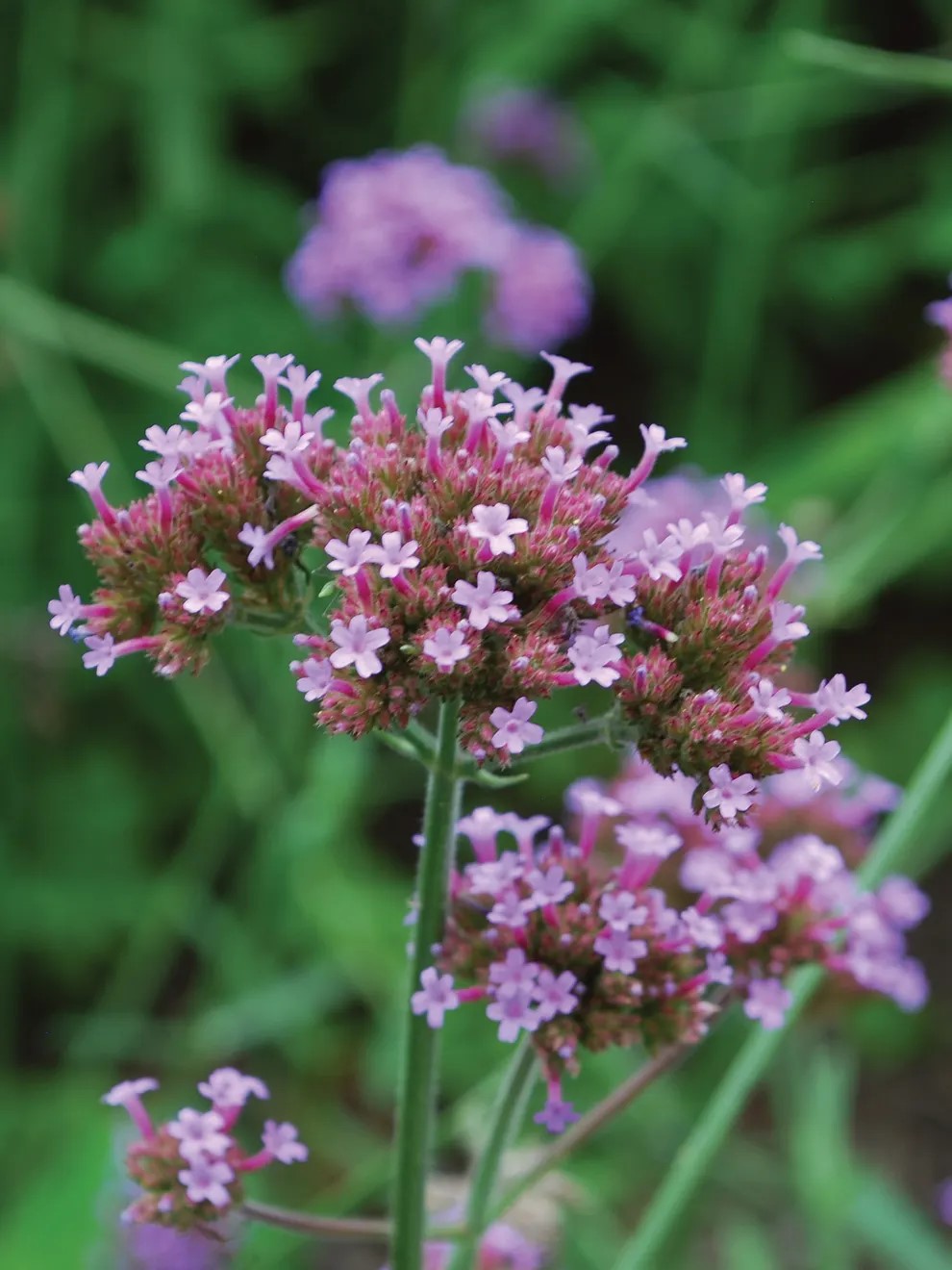
This tall, very striking flowering plant is a favorite in many gardens. Stiff stems with open, airy sprays of tiny violet-blue clusters making this an excellent companion for many annuals. Seed packets come with approx. 200 seeds.
Top tips for successful sowing of verbena seed
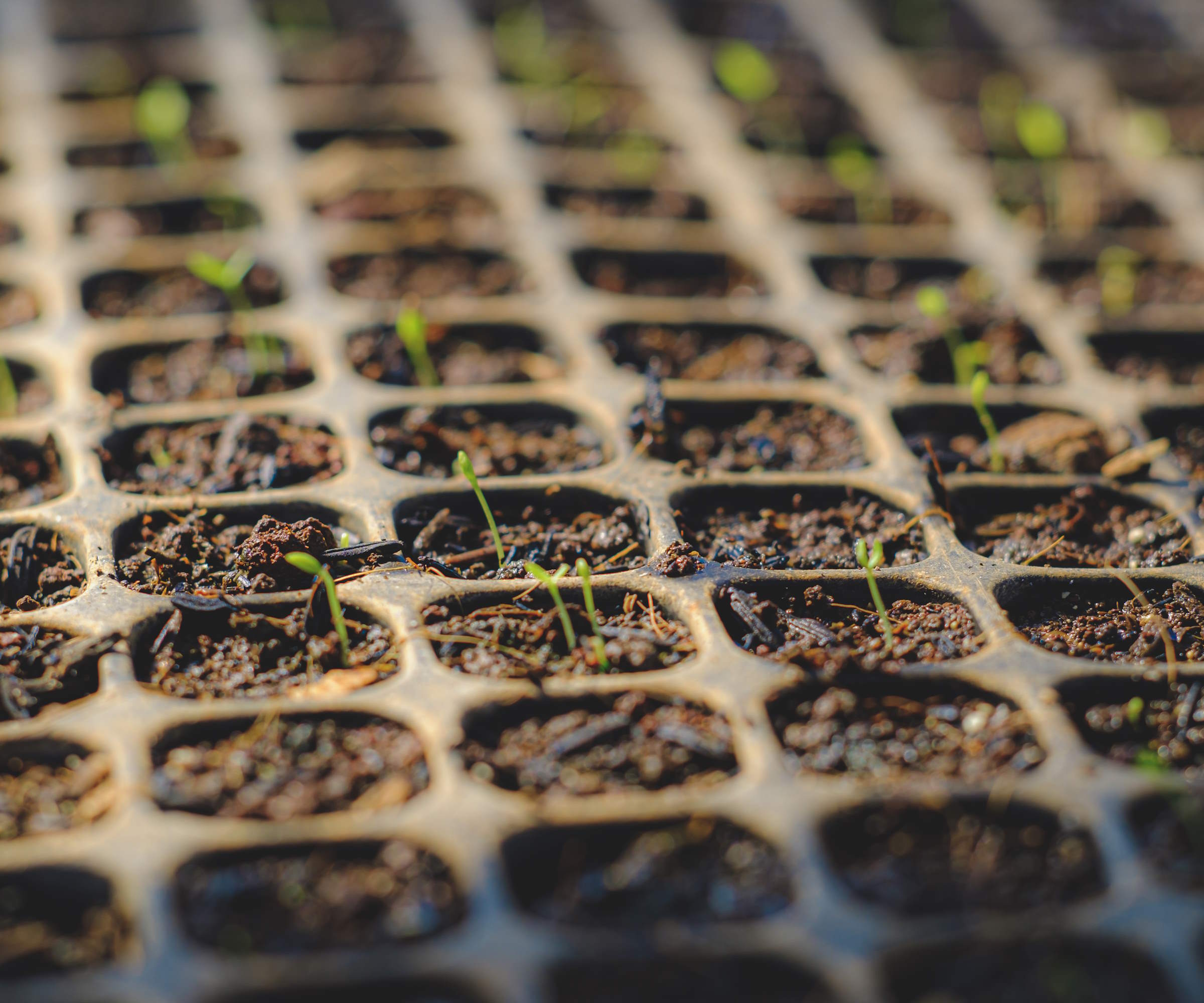
Seed sowing can begin in late winter if growing indoors where the seeds are protected. For the best results, grow your seeds with bright but indirect light and moderate warmth, using a product such as this heated grow mat from Walmart.
Using a shallow container, such as this seed starter tray from Walmart, 'sow 2 seeds to a cell,' says Jessica Romer, horticultural expert and product manager at Applewood Seed Company in Colorado. Note that different verbena species will have different preferences when seed sowing, with some preferring to sit atop the soil, gently firmed down, whilst others require a light covering of soil.
It is best to use a fine seed compost, and if necessary apply a 'light covering of vermiculite on top of the container,' says Jessica. Using a germination chamber or a heated mat, grow at '70-75°F for 3 days with relatively high humidity', misting as necessary. Following this, Jessica recommends 'maintaining 65-70°F and 80% humidity for 12-21 days.'
'Gradually, reduce the humidity and temperature over the next 2 to 3 weeks,' Jessica says. Small green seedlings should start to appear by week 2 or 3, depending on the growing conditions.
Once the seedlings have leaves that are large enough to handle, carefully prick them out into individual pots. This is best done by loosening the soil with a small object, something like a pencil, whilst gently holding one of the leaves. Never prick out a seedling holding the stem, which is easily bruised, and damage to the stem will be irreparable.
Continue to grow these seedlings indoors, 'allowing the soil to dry out in between watering to force root development,' Jessica says. Small plants can be moved outdoors into a container or planted in the border in a full-sun to partial shade position once the danger of frost has passed. Remember to check on the watering of your young plants in the first few weeks, especially when the temperatures rise in spring.

Jessica is a distinguished horticulture expert with over a decade of experience, currently serving as Product Manager at Applewood Seed Company in Colorado. Her journey in the green industry began at Denver Urban Gardens, where she dedicated nearly a decade, culminating as Director of Horticulture.
When to expect verbena flowers
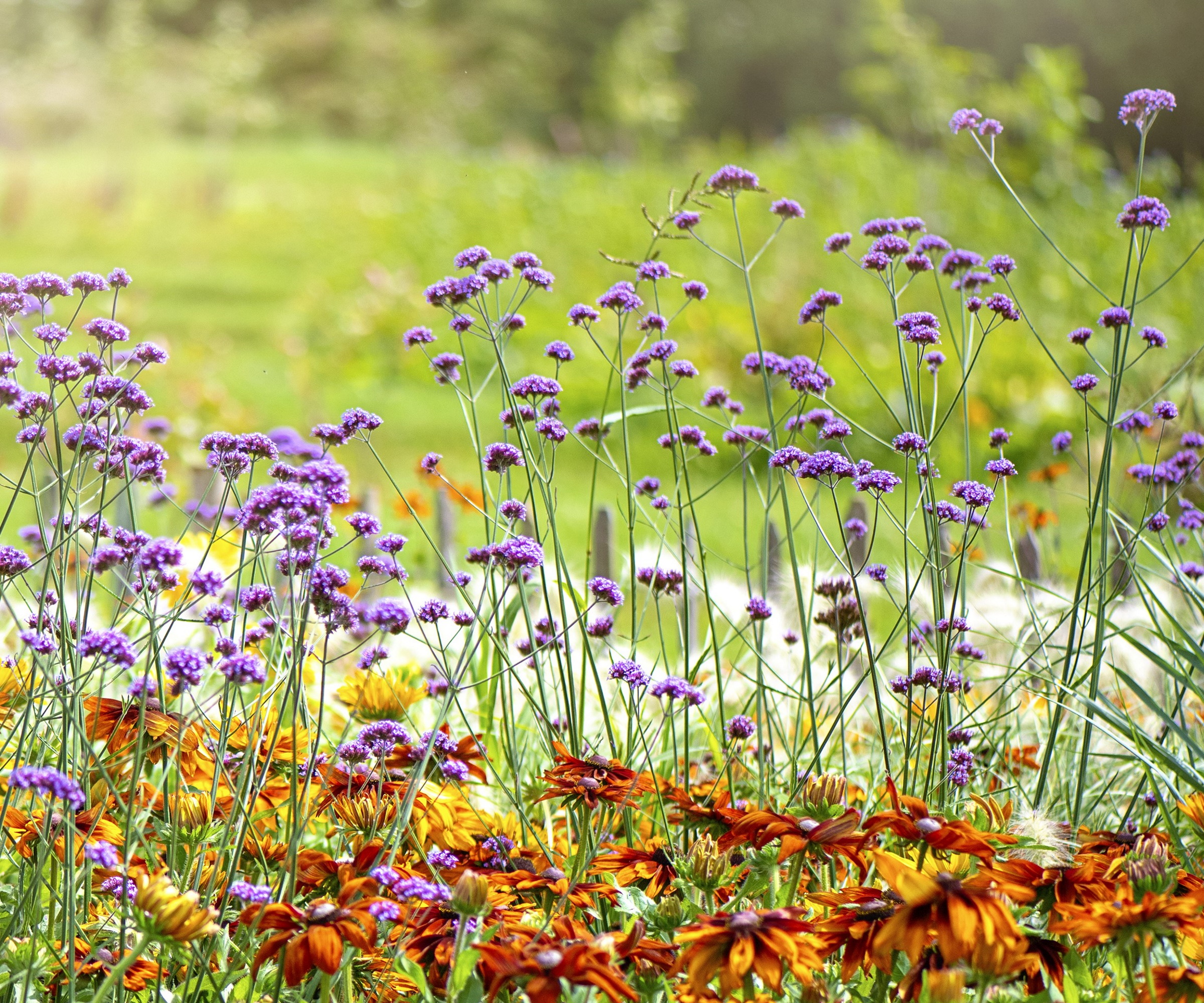
Verbena plants grown from seed will flower in their first year with the right growing conditions. Once planted out into the yard, mild, sunny weather and regular watering will help the plants to grow well and flower in the summer months, lasting up until the first frost in fall, although this will depend on the species you are growing and your location.
If grown as a perennial, and your verbena survives the winter, the following years will see even greater flowering as the plant establishes itself.
FAQs
Can I sow verbena seed directly outdoors in the yard?
Yes, you can sow verbena seeds outdoors in the yard where you intend for them to flower. This is best done in spring when there is no risk of frost and the soil has begun to warm, thinning your seedlings as they begin to develop and are big enough to handle.
Growing verbena will fill your yard with attractive blooms that are popular with pollinators in the spring and summer months. Consider growing rudbeckia from seed, another plant of the prairies, which will add even more floral interest to borders and containers.
Sign up to the Homes & Gardens newsletter
Design expertise in your inbox – from inspiring decorating ideas and beautiful celebrity homes to practical gardening advice and shopping round-ups.

Thomas is a Content Editor within the Gardens Team at Homes and Gardens. He has worked as a professional gardener for both public spaces and private estates, specializing in productive gardening, growing food and flowers. Trained in Horticulture at the Garden Museum, he has written on gardening and garden history for various publications, including The English Garden, Gardens Illustrated, Hortus, The London Gardener and Bloom. He has co-authored a Lonely Planet travel book, The Tree Atlas, due out in 2024.
-
 Ina Garten's storage pantry is an insightful window into all of the best cookware used by the chef – and it's easy to recreate on your kitchen shelves from $48
Ina Garten's storage pantry is an insightful window into all of the best cookware used by the chef – and it's easy to recreate on your kitchen shelves from $48The beautiful dishware in The Barefoot Contessa's Hamptons pantry showcases the tools she uses most often to cook – this is exactly how you replicate it
By Sophie Edwards Published
-
 Extend the lifespan of your appliance with 5 simple but crucial washing machine maintenance tips
Extend the lifespan of your appliance with 5 simple but crucial washing machine maintenance tipsFrom cleaning the filters to keeping the door open, experts reveal the washer tips they swear by
By Andy van Terheyden Published